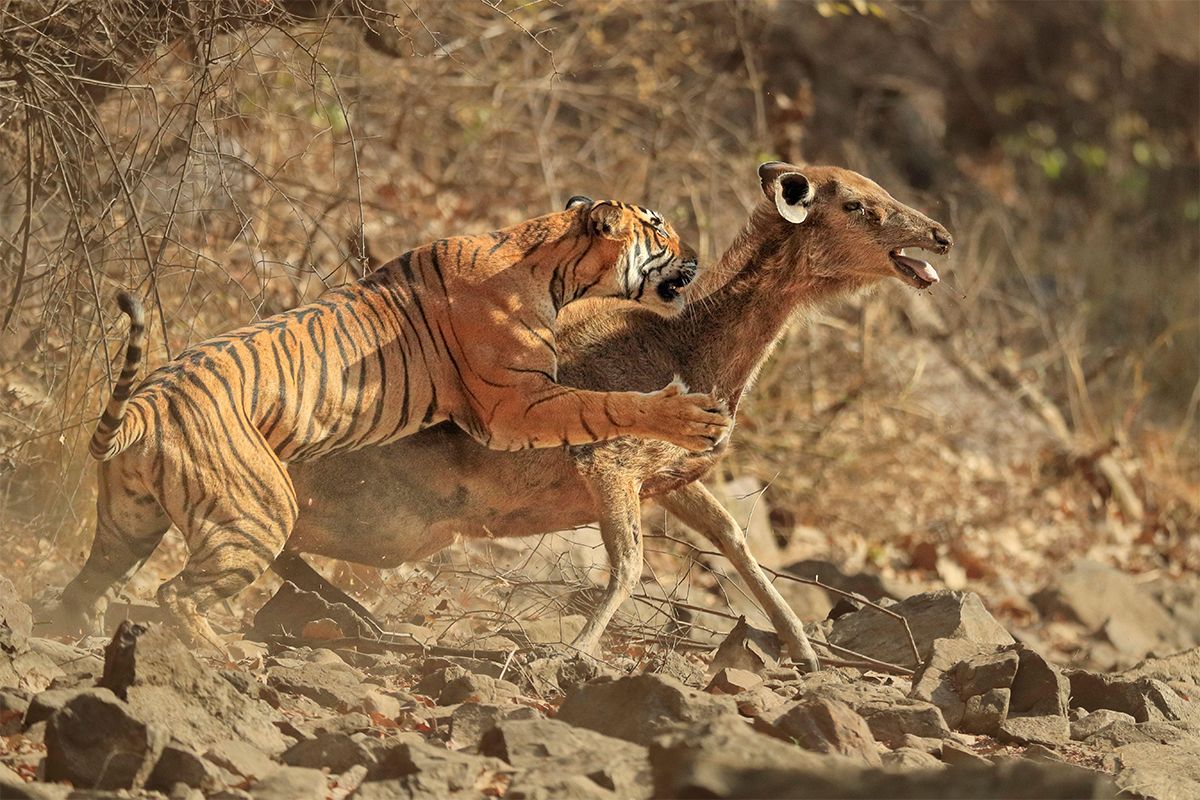
strongest animals
Top Ten Things – Top 10 strongest animals compared to body size fascinates scientists and animal lovers alike. Unlike raw size-based strength, this list highlights proportional power. Some of the tiniest creatures demonstrate unbelievable capabilities. They lift, pull, or move objects far exceeding their own mass. Researchers analyze these animals to understand biological efficiency. This comparison not only amazes but also inspires technological and engineering designs.
“Read More: Songkran 2025 Schedule: Thailand World Famous Entertainment Festival”
Ants lead discussions about strength relative to body size. They can lift up to fifty times their body weight. Colonies use this ability to transport food and build nests. Each worker ant collaborates with others to complete heavy tasks. Despite their size, ants thrive in nearly every ecosystem worldwide. Scientists study their biomechanics to inspire robotics and efficient load-bearing designs for human applications.
Rhinoceros beetles rank among the strongest insects ever recorded. These beetles can push objects more than 850 times their body weight. They use horns for leverage during fights and survival tasks. Researchers admire their muscle efficiency, considering their small body frame. Children in some cultures even collect them for competitions. Their natural design encourages scientific curiosity about strength mechanics within tiny organisms.
“Read About: Top 10 AI Robots Shaping the Future of Manufacturing”
Dung beetles gain recognition for their remarkable rolling strength. They move dung balls many times heavier than themselves. This act ensures food storage and breeding environments for offspring. Their persistence shows an extraordinary combination of endurance and power. Scientists note their muscle efficiency as a benchmark for relative strength. Observing dung beetles offers insights into stamina, mechanics, and evolutionary strategies within natural systems.
Leafcutter ants display impressive cutting and carrying abilities. Each ant slices leaves many times larger than its body. They then transport pieces back to nests. Colonies utilize these leaves to cultivate fungus, their main food source. This teamwork demonstrates organized labor and shared strength. Scientists admire how tiny individuals create massive achievements together. Their cooperative power amplifies the concept of collective efficiency in biology.
Hercules beetles represent some of the most powerful insects. Males often lift objects more than 100 times their body weight. Their massive horns assist with climbing and combat over territory. Despite their small scale compared to mammals, they embody proportional might. Observations of Hercules beetles provide inspiration for studying leverage and natural muscle optimization. Their legendary name suits their extraordinary lifting capabilities perfectly.
Trap-jaw ants hold records for fastest and strongest mandibles. Their jaws snap shut with incredible force. This action propels them away from predators or toward prey. Despite their minuscule size, the speed and strength impress biologists. Researchers compare the jaw pressure to large animal bites. Trap-jaw ants demonstrate efficiency in both offensive and defensive mechanisms. Their evolutionary adaptation remains an astonishing study subject.
Coconut crabs stand out as the largest land-living arthropods. Their claws exert a crushing force powerful enough to crack coconuts. Scientists measure their grip as comparable to some mammalian bites. Local islanders respect and fear their abilities. These crabs use strength for defense and food access. Their body-to-size ratio makes them one of the strongest crustaceans observed on Earth.
Honey badgers surprise many by displaying incredible strength. Despite moderate body size, they fight predators larger than themselves. Their muscular build allows digging through hard soil and breaking into hives. They show fearlessness combined with endurance and raw power. Researchers classify them among the toughest animals pound-for-pound. Cultural stories highlight their courage and strength. This combination makes honey badgers legendary survivalists.
Leaf insects appear fragile, but they display hidden strength. Their exoskeletons endure predator attacks and environmental challenges. They blend camouflage with defense to maintain survival. While not lifters like ants, their structural strength relative to size amazes scientists. Leaf insects inspire biomimicry designs for lightweight but strong materials. Their durability under pressure highlights another side of animal strength comparison.
Small frogs often exhibit astounding jumping abilities. They launch their bodies many times their length. Muscles generate bursts of explosive energy, protecting them from predators. This proportional power makes frogs notable in relative strength discussions. Researchers analyze frog jumping to develop better prosthetics and robotics. Their mechanics show how muscle structures maximize efficiency. Frogs illustrate that relative strength includes agility beyond lifting power.